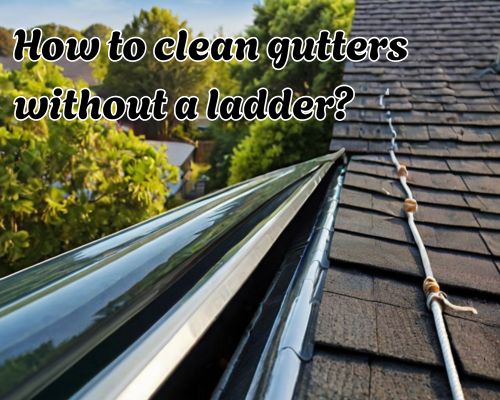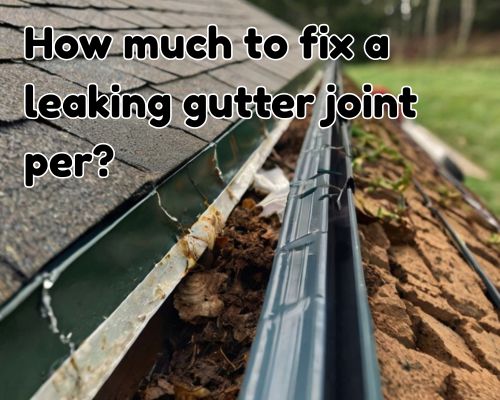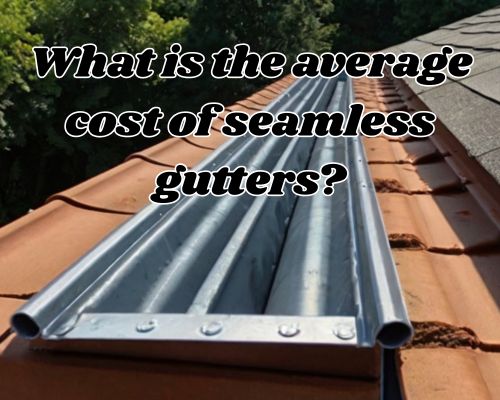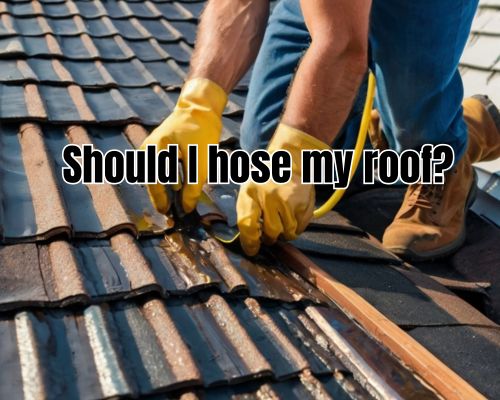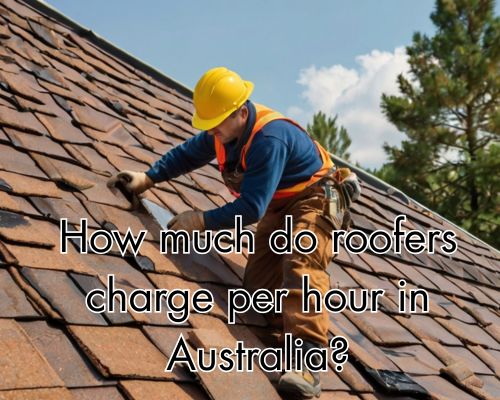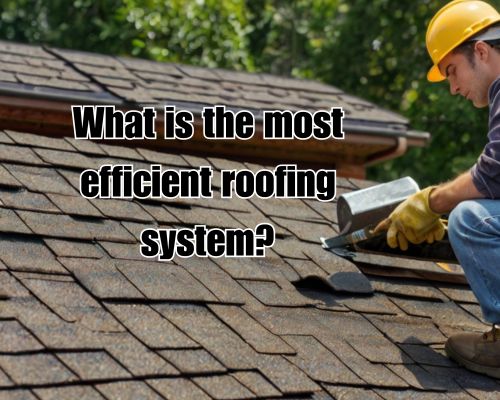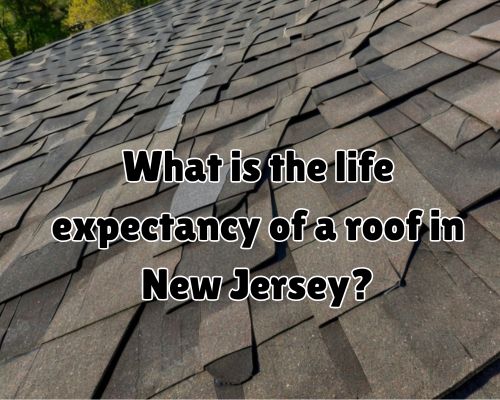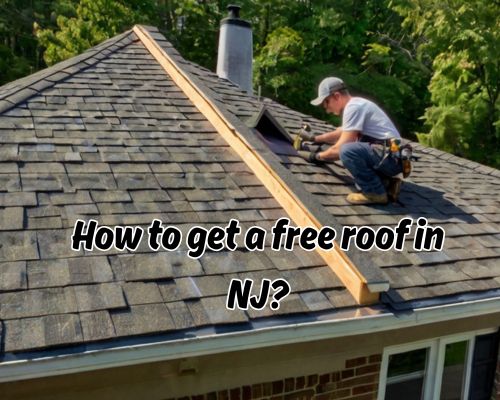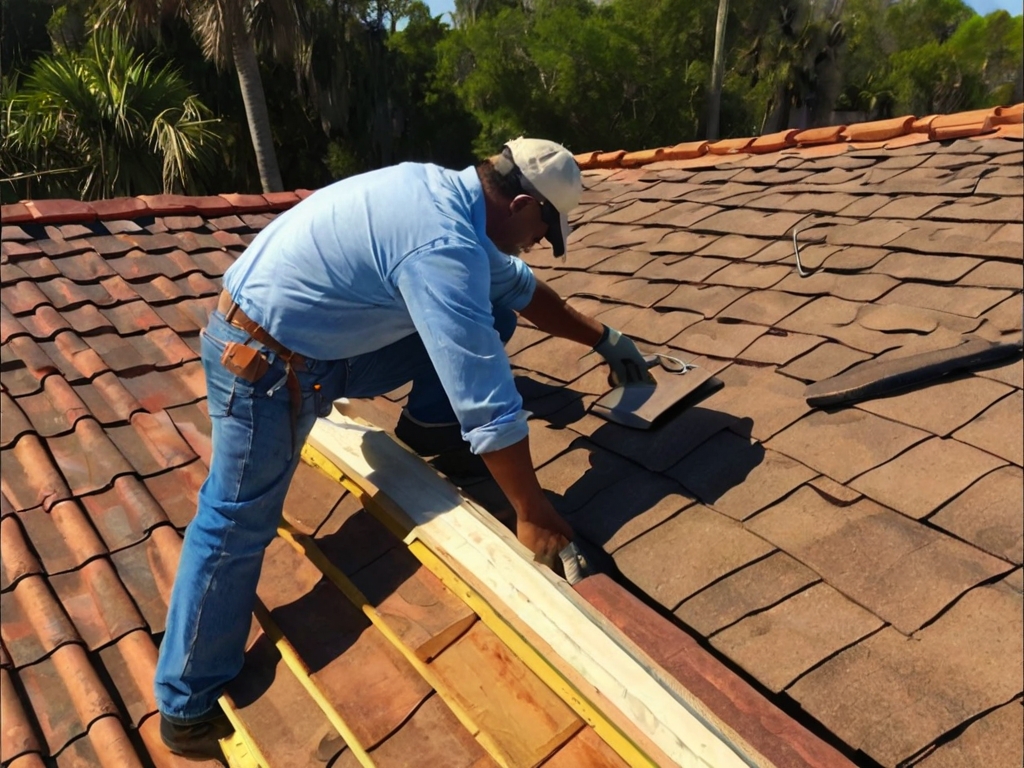In the quaint coastal charm of Mornington, Australia, where space can be both a luxury and a challenge, homeowners are increasingly turning to smart interior design strategies to create homes that are not only beautiful, but spatially efficient. One enduring question that many renovators and interior designers hear time and time again is: Do built-ins make a room look bigger?

The short answer? Yes—when done right. Built-ins are not just stylish or space-saving; they are spatial illusions in action. But how they work, what kinds make sense, and where to place them requires a nuanced understanding of design, scale, and function. In Mornington’s increasingly popular beachside homes and compact townhouses, built-ins have become the unsung heroes of spatial transformation. Let’s get into details with Mornington Cabinet Makers.
The Psychology Behind Space and Built-Ins
To understand how built-in furniture impacts perceived space, it’s essential to dive into the psychology of spatial perception. The human eye interprets clutter and segmented furniture as visual interruptions. Freestanding furniture pieces—especially if mismatched or oversized—can make a room feel fragmented and claustrophobic.
Built-ins, on the other hand, are often seamless, custom-designed to fit wall-to-wall or floor-to-ceiling. This cohesion creates an uninterrupted visual flow, often making a room feel more structured, serene, and—critically—larger.
From built-in bookcases to window seats, wardrobes, entertainment units, and even integrated desks, these elements visually stretch a room by hugging its natural lines rather than jutting into them.
Mornington’s Design Scene and the Rise of Smart Storage
Mornington’s evolving property landscape is a blend of classic weatherboard cottages, contemporary architectural builds, and charming beach-style homes—each with their unique spatial challenges. Given rising property prices and increased demand for multi-functional living areas, maximizing usable space is top-of-mind for many local homeowners.
According to local interior stylist Fiona Hartley, who operates out of nearby Mount Eliza, custom built-in cabinetry is one of the most-requested features in home renovations and new builds in the Mornington Peninsula area.
“People want function without sacrificing beauty, and built-ins offer that hybrid. They let you reclaim dead space while making a room appear much more open,” she says.
Key Built-In Types That Expand Perceived Space
Let’s explore the most popular types of built-ins that are often used in Mornington homes and how they contribute to the illusion of a larger space:
1. Wall-to-Wall Shelving Units
Especially in living rooms and home offices, full-height shelving creates a visual verticality that draws the eye upward. In smaller rooms, vertical space is usually underutilized.
By installing a built-in bookshelf that stretches floor to ceiling, you anchor the room without crowding it, and encourage the illusion of extra height.
2. Built-In Wardrobes with Sliding Doors
Sliding built-ins are a mainstay in Mornington’s compact bedrooms. Not only do they eliminate the need for swing-out clearance (which saves physical space), but mirrored or high-gloss finishes can reflect light, enhancing brightness and openness.
3. Window Seats with Storage
Mornington homes often feature large bay windows or ocean-facing outlooks. Integrating a custom window seat with storage underneath capitalizes on these design gems. It transforms awkward or underutilized nooks into inviting, space-saving features.
4. Integrated Media Walls
Traditional TV cabinets are often bulky and awkward. A custom media wall integrates TV, shelving, and hidden wiring into a single unit that removes clutter and opens up surrounding floor space.
This is particularly popular in open-plan living areas—a common design style in many Mornington Peninsula renovations—because it ensures visual harmony across kitchen, dining, and lounge spaces.
For professional work, just visit Mornington Cabinet Makers.
Real Estate Appeal: Built-Ins as Long-Term Value Additions
While built-ins offer immediate design benefits, they also significantly increase a property’s market appeal. In local listings from Mornington to Mount Martha, homes with quality built-ins are described as “cleverly designed”, “smartly zoned”, or offering “streamlined storage”. These keywords aren’t just marketing fluff—they reflect a tangible return on investment.
Buyers are increasingly drawn to properties that are move-in ready, where space has already been maximised through intelligent design. Built-ins signal thoughtfulness and premium quality, making them a top feature for resale in the Mornington property market.
Potential Pitfalls (And How to Avoid Them)
However, not all built-ins are created equal. If poorly designed or oversized, they can actually consume space and dominate a room. The key lies in:
- Scale: Keep proportions consistent with the room size.
- Material choices: Light-coloured materials and finishes work better in tight spaces.
- Location: Avoid blocking natural light or passageways.
Engaging a local interior designer or custom joiner in Mornington ensures your built-ins are tailored not just to your taste, but to the architectural nuances of your home.
Styling Tips: Maximising the Illusion
Once installed, the way you style your built-ins can further boost the room’s visual spaciousness.
- Use open shelving to display curated pieces with negative space in between.
- Install LED strip lighting under shelves to create depth and shadow play.
- Combine closed cabinetry with open shelves for a balance of function and flow.
For Mornington homeowners who love coastal aesthetics, consider pairing whitewashed timber, rattan baskets, and blue accents to align with the local beachside palette, enhancing the overall sense of airiness.
The Final Verdict: Built-Ins = Bigger Feel, Smarter Space
So, circling back to our core question—do built-ins make a room look bigger? In almost every case, yes. They enhance functionality, promote visual calm, and cleverly reclaim space that would otherwise go unused.
In Mornington, where space is at a premium and coastal design preferences favour light, airy interiors, built-ins offer a practical yet elegant solution. Whether you’re refurbishing a classic 1970s beach shack or building a sleek new residence in Mount Martha or Somerville, integrating the right built-ins can give you that elusive spacious feel—without knocking down any walls.
Final Tips for Homeowners in Mornington
- Work with a local custom joiner familiar with Peninsula architecture.
- Focus on multi-use built-ins (e.g., bench + storage + workspace).
- Keep your palette light and neutral to enhance visual expansion.
- Incorporate smart lighting to further elevate spatial perception.
So if you’re renovating or building in Mornington, and wondering how to make your space feel larger—built-ins might just be your best-kept secret.
